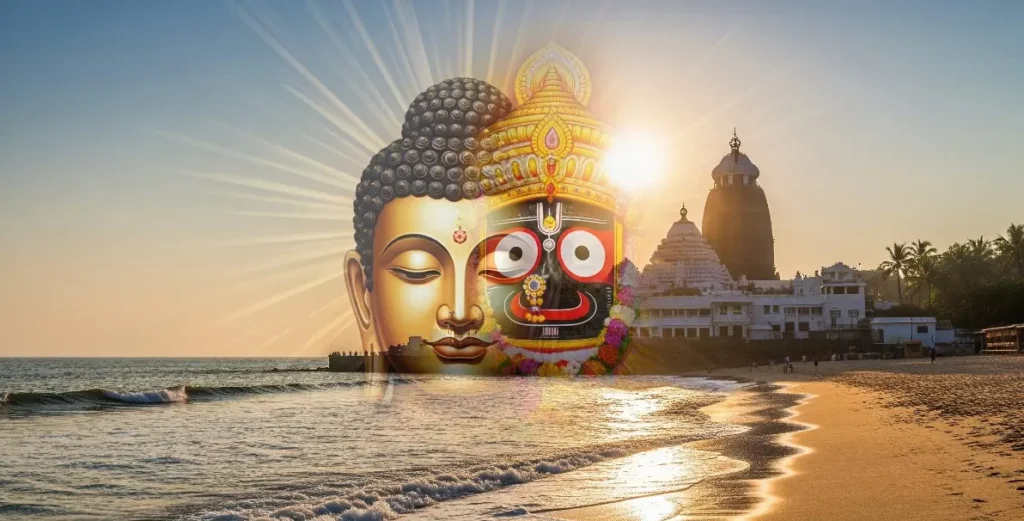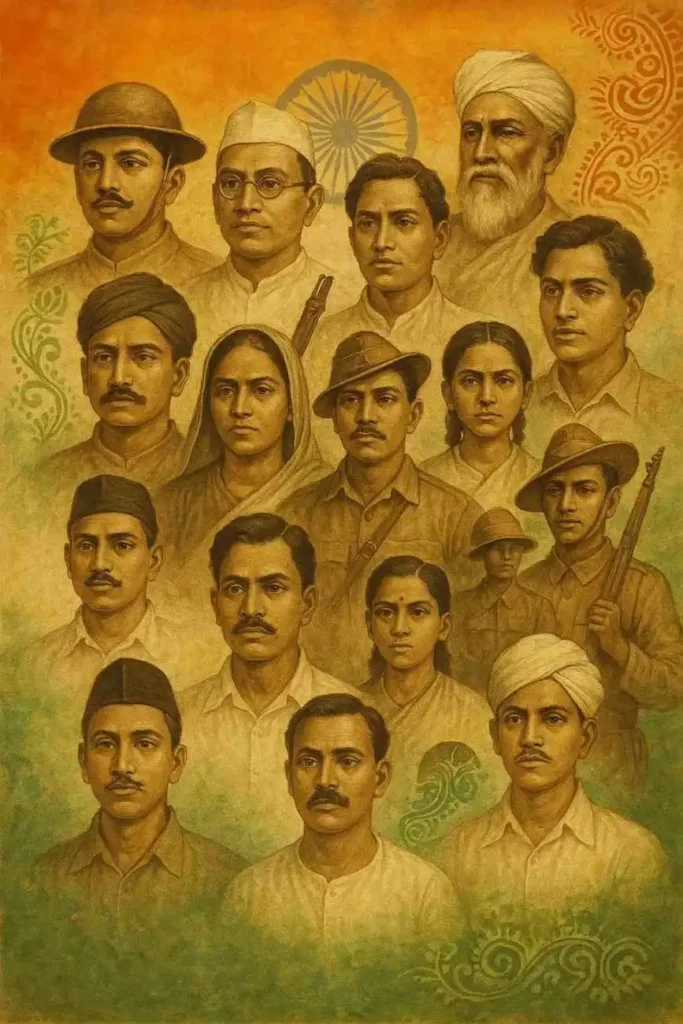
Table of Contents
Who Are the Gajapatis of Odisha?
The term “Gajapati” refers to the king of Puri, considered not merely a monarch but the first servitor (Adya Sevak) of Lord Jagannath. The legacy began during the reign of Gajapati Kapilendra Dev in the 15th century. His devotion redefined the relationship between royalty and divinity in Odisha.
Unlike other kings, the Gajapati did not sit on a throne of arrogance. Instead, he would sweep the chariot platform of Lord Jagannath during Rath Yatra—an act of supreme humility known as “Chhera Panhara”.Historical Roots of the Gajapati Dynasty
- Gajapati Kapilendra Dev (1435–1467) established a powerful empire and dedicated his conquests to Lord Jagannath.
- Successors like Purushottam Dev and Prataprudra Dev carried forward this tradition with devotion and discipline.
- The tradition continued under the Bhoi dynasty after the fall of the Gajapatis, with kings like Ramachandra Dev I maintaining temple administration.
Ritual Duties of the Gajapati in Jagannath Culture
The Gajapati Maharaj still follows age-old rituals at the Shree Jagannath Temple in Puri. Notably, during major festivals, his duties remain deeply rooted in tradition:
- Firstly, during Snana Yatra, he sends Goti Pahandi servitors to escort the deities.
- Next, in the Ratha Yatra (Car Festival), he performs Chhera Panhara—sweeping the chariots of the deities, symbolizing humility.
- Then, on Chitalagi Amavasya, he offers ceremonial headgear (Chita) to the deities.
- Furthermore, during other observances, he oversees festivals like Anavasara, Nabakalebara, and rituals during the Kartik month.

The Spiritual Identity of a Gajapati
Interestingly, what sets the Gajapati apart is that he doesn’t consider himself superior to the deity. Instead, he regards himself as the “Rauta” (servant) of Lord Jagannath. Moreover, his administrative power, titles, and public recognition all stem from his service to the temple.
Even today, the Gajapati Maharaj commands immense respect—not for political might, but for his religious role. Specifically, the current Gajapati, Dibyasingha Deb IV, is a scholar of law and continues to perform these responsibilities with dignity and devotion.Evolution Through Time
- Initially, during colonial rule and post-independence, the role of Gajapati transformed more into a ceremonial position.
- Nevertheless, despite the political changes, the Gajapati continued to be a key spiritual figure, ensuring that the sanctity of Jagannath temple traditions remains unbroken.

People Always Ask (FAQs) About Gajapati
1. Who is the current Gajapati of Odisha?
2. Why does the Gajapati sweep the chariots during Rath Yatra?
3. Was Gajapati a king or a devotee?
4. Does the Gajapati have any administrative control over the temple?
5. Is the Gajapati lineage still active today?
Conclusion: Why the Gajapati Legacy Still Matters Today
Ultimately, the story of the Gajapati Maharaj is not just about kingship—it’s about selfless devotion, cultural guardianship, and humble service. In fact, in an era where titles are often about power, the Gajapati title in Odisha reminds us of the spiritual side of leadership.
Moreover, their continued presence in rituals not only maintains religious continuity but also deepens the emotional connection of every Odia with Lord Jagannath.Experience Living Tradition in Puri
If you're ever visiting Puri, observe the Chhera Panhara during Rath Yatra and witness royalty in its most humble form. Learn about the Gajapati legacy and help pass on this unique cultural treasure to future generations.
Let’s keep the flame of this ancient tradition burning by sharing and celebrating the story of the Gajapati—the king who chose service over supremacy.


